Pirates have been romanticized by story writers and Hollywood to the point where we believe many of the myths surrounding them as facts.
Here are ten myths about pirates that have been proven to have no basis in fact.
10. Pirate Lingo
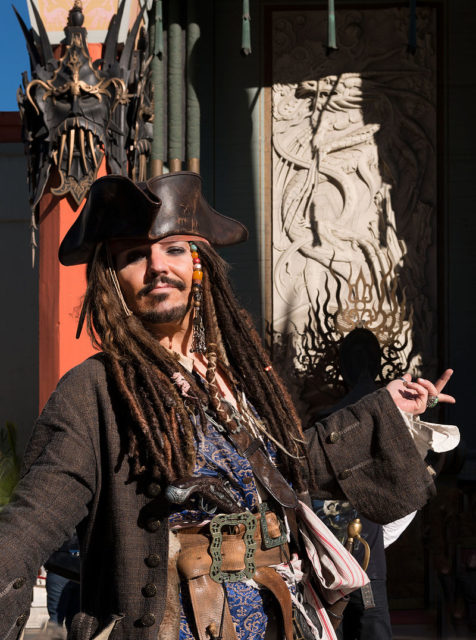
“Shiver me timbers”, “Avast me mateys”, and “Arrgh” are all common phrases heard in the best pirate movies. While Jack Sparrow mumbled his way through Pirates of the Caribbean, most of his crew used these phrases at one time or another, effectively emphasizing that this was authentic pirate talk.
This is, sadly, all Hollywood’s creation. Pirates most probably spoke in a manner similar to all British sailors of the time, along with a spattering of curse words picked up from French, Spanish, Italian, Dutch, and Arabic.
9. All pirates flew the skull and crossbones

The skull and crossbones, or “Jolly Roger”, was flown by many pirates, but not everyone flew the same flag. Pirate captains designed their own flags, and while many were based loosely on the skull and crossbones, many others used skeletons or plain colors.
8. Pirates were a bloodthirsty bunch

Pirates, like most marauders, were very well aware of the dangers inherent in battle. The dangers of valuable members of the crew being injured or killed meant that pirate captains relied upon their bloodthirsty reputation to try and take a prize with as little bloodshed as possible.
They were also businessmen who knew that their pay came from selling captured ships and their cargoes, so they were loathe to take the risk of a valuable cargo being damaged by cannon fire or, worse still, of sinking the prized ship and losing all chance of a payday.
7. Pirate ships were chaotic places to live in

Many pirate crews and their ships were far more orderly and disciplined than most merchant ships and many Naval vessels. Pirates subscribed to a code of conduct, called the Articles of Agreement, which ruled the behavior of those on board. Most of these codes prohibited gambling and insisted that arms be kept at the ready; they also provided punishments for disobeying the rules.
6. Pirate captains ruled with an iron fist
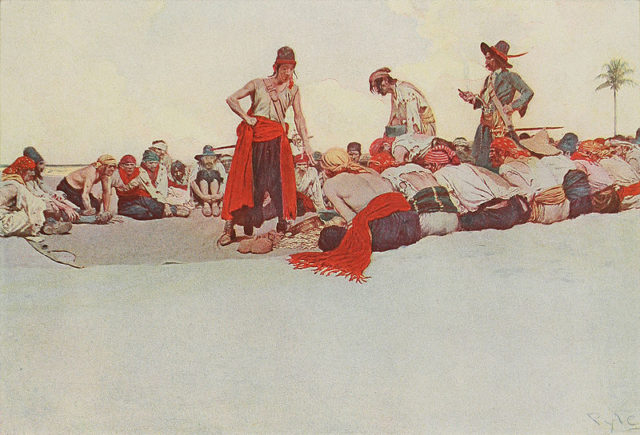
Most pirate captains deserved their bloody reputations, but they did not rule the ship’s company with an iron fist, and most were not in a position to abuse the ship’s company. Pirate captains were voted into power and, so long as they found ships to plunder and provided for the crew, they were allowed to lead. But unlike merchant vessel captains who wielded absolute power, pirate captains depended on the crew to keep them in the captain’s cabin.
In addition to electing the captain, the crew elected a quartermaster, who wielded almost as much authority as the captain and could be used to balance the captain’s authority.
5. Pirates buried their loot and came back to it later
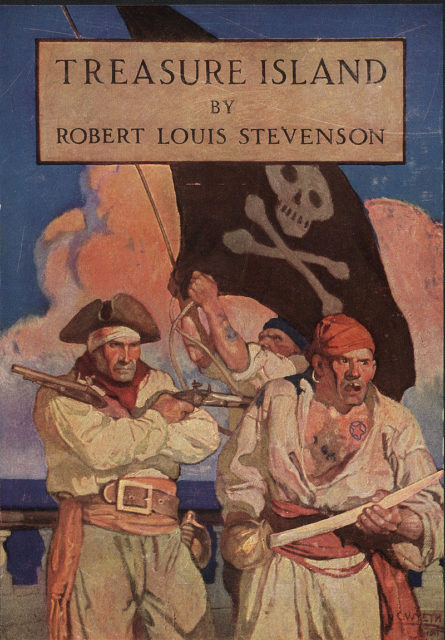
Pirates understood that their life expectancy was not long and they tended to spend their money as fast as they made it. Any shore leave was used to spend almost everything they made in prize money on booze and loose women. The people who made real money were those entrepreneurs that set up shop and supplied these services to the crews in places such as Port Royal, Nassau, Barbados, the Bahamas, and Jamaica.
4. Walking the Plank was standard punishment
Pirates did not make their prisoners walk the plank. Prisoners were not treated kindly, especially if they attempted to hide their valuables from the pirates.
Their punishment was quicker and less fussy than walking a plank.
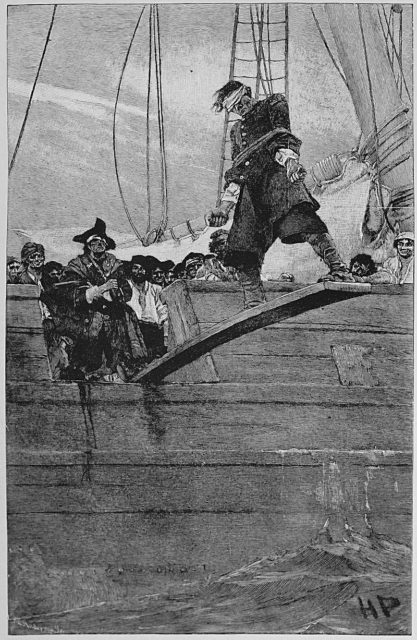
Pirates were more likely to simply throw prisoners overboard if they angered their captors, rather than get out a plank of wood and go through some sort of ceremony.
3. Pirates kept parrots as pets
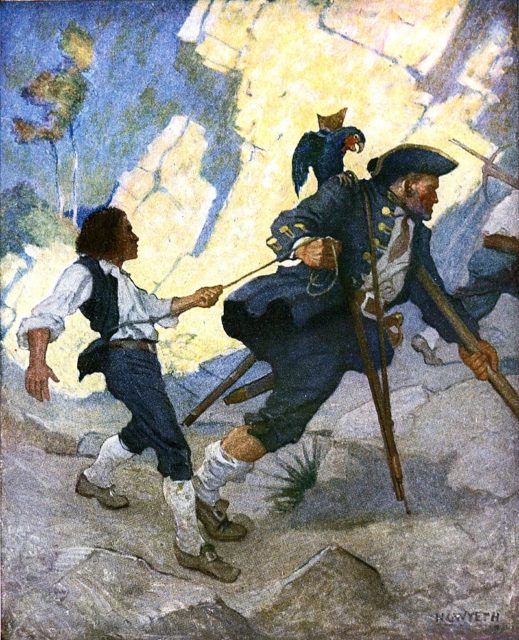
It is highly unlikely that pirates would have spent their hard earned money looking after a pet. They often sailed in parts of the world where these birds were prolific, and they were well aware that they represented a valuable commodity to be traded. Thus, a parrot on a pirate’s shoulder was probably destined to be sold rather than kept as a pet.
Originally, the parrot on the shoulder as depicted in Robert Louis Stevenson’s Treasure Island was an idea cribbed from Robinson Crusoe, which was not about pirates at all but about a man marooned on a desert island.
2. Many pirates had a peg leg or an eye patch
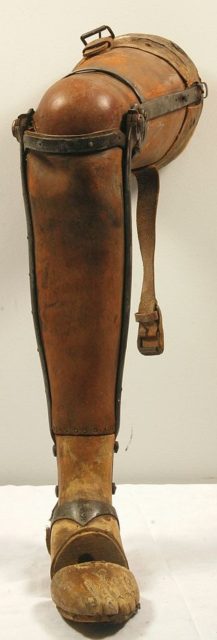
While it is certainly true that a few pirates did sport a peg leg or an eye patch, it would not be accurate to say that many did. Amputations at sea tended to sound a death knell for the amputee, as medical care was rudimentary at best, and infection and blood loss would normally lead to the death of the pirate.
If the man did survive his limb being hacked off, usually by the cook, and he had a wooden leg made, it is unlikely that he would remain on the crew, as his ability to fight with a sword would be limited, and thus he would no longer be able to function as a full member of the crew. Most Articles of Agreement covered the possibility of a man losing a limb and made provision for him to be paid a pension.
There is a good explanation for the wearing of an eye patch that had little to do with losing an eye or wearing the patch for cosmetic purposes. The area below deck was pitch dark, and the human eye does not adjust rapidly to changes in light from bright sunlight to instant darkness. A sailor going from the deck into the bowels of the ship would take his eye patch off and have one eye already accustomed to the darkness; he would then be able to see a little while his second eye also acclimatized.
1. Pirates disappeared centuries ago

This is one of the biggest myths. Pirates appeared when the earliest man floated a log across a river, and someone else stole it from him, and piracy is still alive and relevant today. Modern day pirates are every bit as bloodthirsty and destructive as their counterparts of old. Areas around the Horn of Africa are rife with pirates preying on merchant ships as they did in the 1700s. Modern day estimates are that losses from piracy around the world amount to some US $15 billion per year, National Geographic reported.
There are many more myths around pirates, but we should not fall into the trap of believing in the swashbuckling lords of the sea that Hollywood portrays. Pirates were and still are nothing of the sort and, like all criminals, they should not be romanticized.
